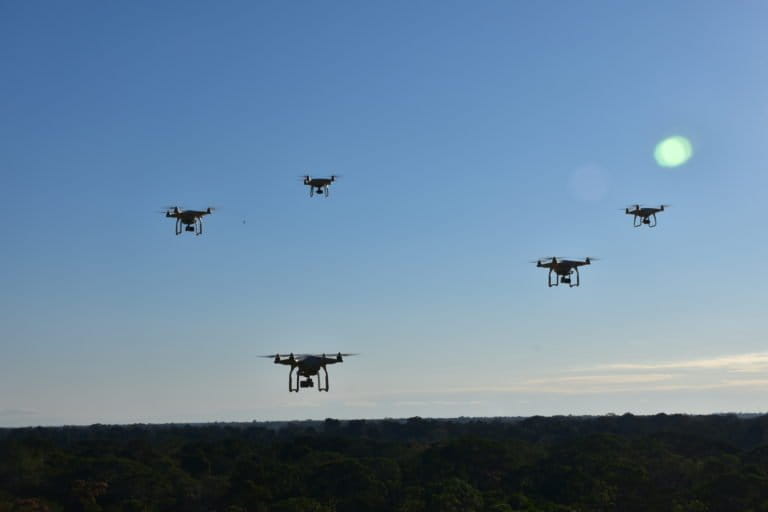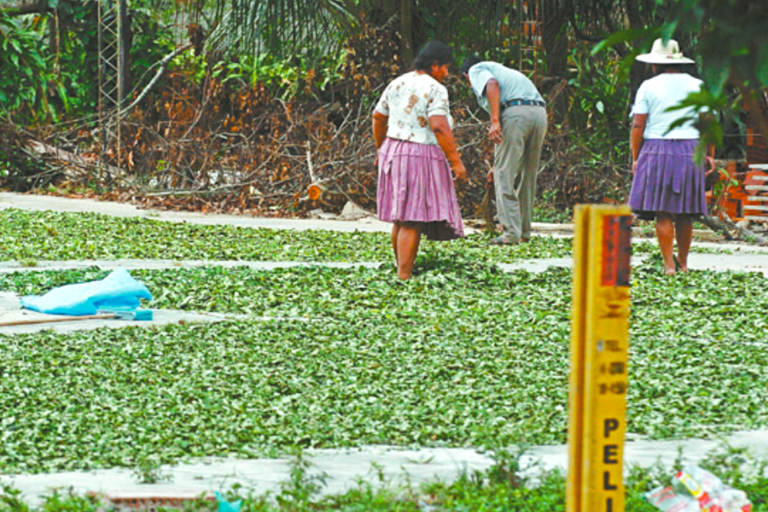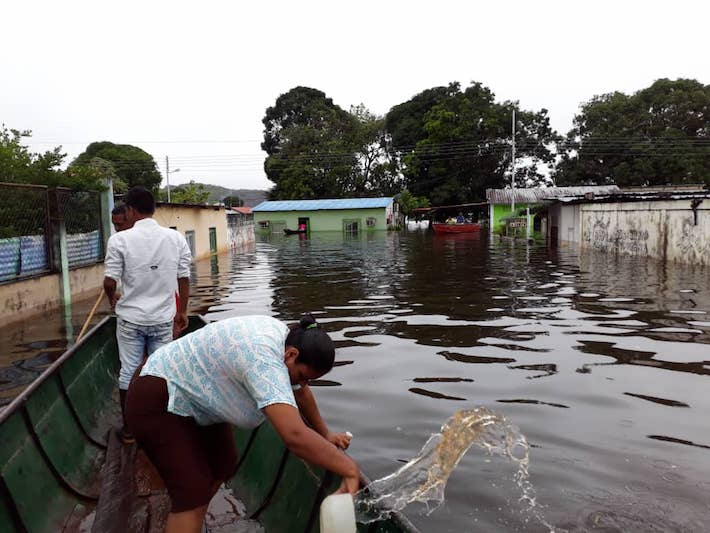The most popular stories last week from our Spanish-language service, Mongabay-Latam, followed farmed salmon escapes in Chile, a new biosphere reserve in Ecuador, and high-tech forest monitoring in Peru.
Patagonia’s fragile marine ecosystem reels from influx of escaped farmed salmon
A storm battered salmon cages in southern Chile, setting 690,000 of the fish loose into the open ocean. A major problem of farmed salmon escapes is their impact on native species and the ecosystems of Patagonia, which are particularly vulnerable, with many fragile endemic species. Much of the country’s salmon industry is located in this southern region.

Ecuador’s Choco Andino area attains Biosphere Reserve status
UNESCO recently recognized the Choco Andino area in central Ecuador as a Biosphere Reserve, the only one in Latin America this year. A quarter of its 2,860 square kilometers (1,100 square miles) are found in eight nucleus areas of forest that are important for both their biodiversity and the ecosystem services they provide. Ecuadoran authorities will now have additional tools to tackle mining, deforestation and hunting in this zone.

Satellites and drones patrol Peru’s jungles
After winning the Google Challenge, a Peruvian environmental NGO is using drones to detect illegal activity in concessions for sustainable chestnut cultivation in the Amazon. The drone images complement Conservación Amazónica’s periodic satellite analysis for the Monitoring of the Andean Amazon Project. As a result, the chestnut farmers can use the data to file complaints about illegal cultivation and mining to the authorities.

Coca cultivation spreads in Bolivia’s Tipnis reserve
Coca cultivation has grown 10 percent in Bolivia’s Tipnis reserve, according to a recent U.N. report. As of 2017, the illegal crop cultivated by settlers near the protected area grew to 1,109 hectares (2,740 acres). Inside the reserve it grew to 33 hectares (81 acres). Some suggest that the need to transport coca is motivating settler support for a highway through the reserve. Meanwhile, indigenous communities are demanding a “serious policy” from the government to stop settler invasions inside the Tipnis.

Floods affect more than 60,000 people in Venezuela
Heavy rains caused the Orinoco River to rise up to 54 meters (178 feet) in some areas, leading to floods that affected more than 60,000 people in Venezuela. The river, which ranks third in the world in terms of average water discharge, crosses seven states from the south to the west of the country. A study had predicted that poor urban planning, deforestation and the lack of regulatory and mitigation measures would increase emergency situations from the annual rains.

Colombian court orders protection of high plains area
A district court has ordered the country’s environment ministry to protect the Pisba high plain in central Colombia. The order calls for the plain’s demarcation in a process that includes the communities who have lived there for centuries. The Pisba plain is in Boyacá, where 18.3 percent of these ecosystems are concentrated. It is also one of the most populated plains in the country.

Read all these stories in full at Mongabay-Latam in Spanish here.
Banner image of a salmon farm courtesy of Meridith Kohut/WWF Chile.
